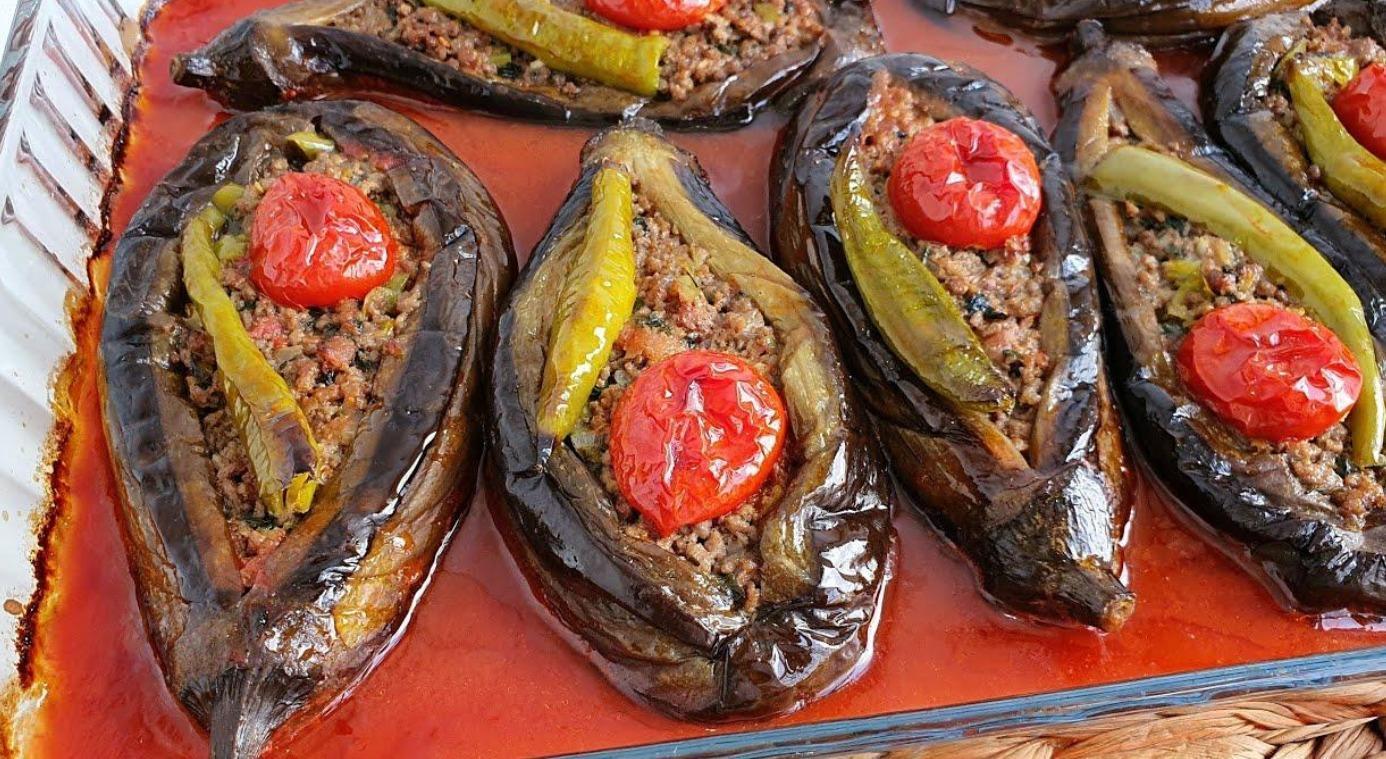
It seems that the world is on fire. There is not a single day that the news doesn’t report devastating fires in every corner of the globe. Wildfires are ruining settlements, destroying landscapes, affecting millions and millions, leaving people homeless. As the heat of August rises, any spot of the Northern hemisphere can be prone to fires. In Türkiye, each year we have our share of forest fires, but our cities are also at risk, usually with the recent explosion of factories here and there, but of course they are usually situated on the outskirts of residential areas. In history it was different, the traditional Turkish houses used to be timber structures and residential quarters had a tightly woven urban texture that were highly prone to fires, and often they could not avoid having one that would burn down whole neighborhoods.
Istanbul is a city with a considerable history of fires. Exactly 115 years ago, on Aug. 23, 1908, hell was unleashed in Istanbul. For days on end the city was on fire. The starting location of the horrific fire was Fatih’s Çırçır neighborhood, from there it swept a sizeable area of the historic peninsula, burning around 1,500 houses down to ashes. The fire was like a fierce beast rolling up and down the streets, as if chasing its victims, determined not to leave any spot unchecked. The fire broke out in Saraçhane, one branch of the fire moved towards Zeyrek and the other towards At Pazarı, spreading towards Kıztaşı and to the street leading to Sofular, and could only be totally extinguished days later. Of course, strong hot winds of August were responsible for the swift spread, but according to the Istanbulites the guilty to blame for the start of the fire was oddly the love of eggplants. The rumor has it that it all started when someone was frying eggplants and the pan caught fire.
Whether that was true or not, summer fires in Istanbul were tagged as “Patlıcan yangınları” that is “Eggplant fires” rightly so, as eggplants have really ignited a few fires in the past. There is a widespread saying that when the heat soars in August, the number of lunatics (or better to say crazy people) and the number fires increase. The former is related directly to the heat, obviously the temperature in August can be maddening, but the latter is directly linked to eggplants in Istanbul mindset. People are totally in love with eggplants and Istanbul cuisine is amazingly rich in eggplant dishes. Eggplants appear from salads to mezes, from cold dishes to hot mains and sides. For almost all dishes the eggplant is first to be fried, and then further cooked according to the required dish, or simply roasted on embers for the flesh to soften in its own skin, and then to be scraped and mashed to pulp. The smoky eggplant salad is both refreshing and haunting with the smoky flavor, and just simply fried eggplants with garlicky yoghurt or tomato sauce can be the favorite taste in a meze spread. Fried eggplants of all sorts appear in a number of ways on a typical Istanbul table, but frying eggplants is the first step to take in the preparation of two of the most iconic dishes in Turkish cuisine: namely “Karnıyarık” and “İmam bayıldı.”
These two eggplant dishes are the pillars of what we can call eggplant chapter of Turkish cuisine, but to admit, both are quite oddly named, hard to translate. “Karnıyarık” is often translated as “Splitbelly.” The eggplant is first fried whole or split into two lengthwise with the skin peeled in stripe fashion. If fried whole, it is then split longitudinally to be stuffed with sautéed mincemeat, onion and tomato mixture, then placed in a shallow pan or tray skin side down, the mincemeat filling topped with tomato and green pepper slices, and the dish is further stewed or baked, or both. The result is both a visual and gastronomic delight. “Karnıyarık” is a typical summer lunch dish, almost always enjoyed together with “cacık,” a cold salad-soup of yogurt, cucumbers and dill or mint, along with a small dome of buttery rice pilaf, plain or with tomatoes. When this trio appears on the table, it is an ideal summer supper.
The second dish is more problematic in translation. “İmam bayıldı” is actually the vegan equivalent of “Karnıyarık.” It is stuffed with copious amounts of sliced onions, garlic, tomatoes and green peppers, instead of the mincemeat filling and the cooking process is more or less similar, but as it is cooked with olive oil, it is eaten cold. All the flavors accentuated with a teaspoon or two of sugar and the sweetish savory taste is incredibly delicious. “İmam bayıldı” is usually translated as the imam or Muslim priest fainted, but the verb “bayılmak” both stands for the verb to faint or to like or fancy something immensely. It is best to interpret the name as the imam liked the dish so much that he almost fainted with delight. My own interpretation about the naming is that the dish was a meatless version of “Karnıyarık” enjoyed by the Christian communities during the days of abstaining of the Christian calendar. In August, there is also fasting period before the Feast of the Virgin Mary (Meryem Ana Yortusu) so it is probable that the dish was so named, that even the Muslim cleric would like it despite the fact that the dish lacked the usual must-have taste of meat. Both dishes are quite similar, both are the most beloved dishes of Istanbulites, and as both requires a brief frying step, both have always constituted a threat to Istanbul in the form of fires. Well, what can we say, when it is August, Istanbul is full of crazy people, crazy about eggplants!